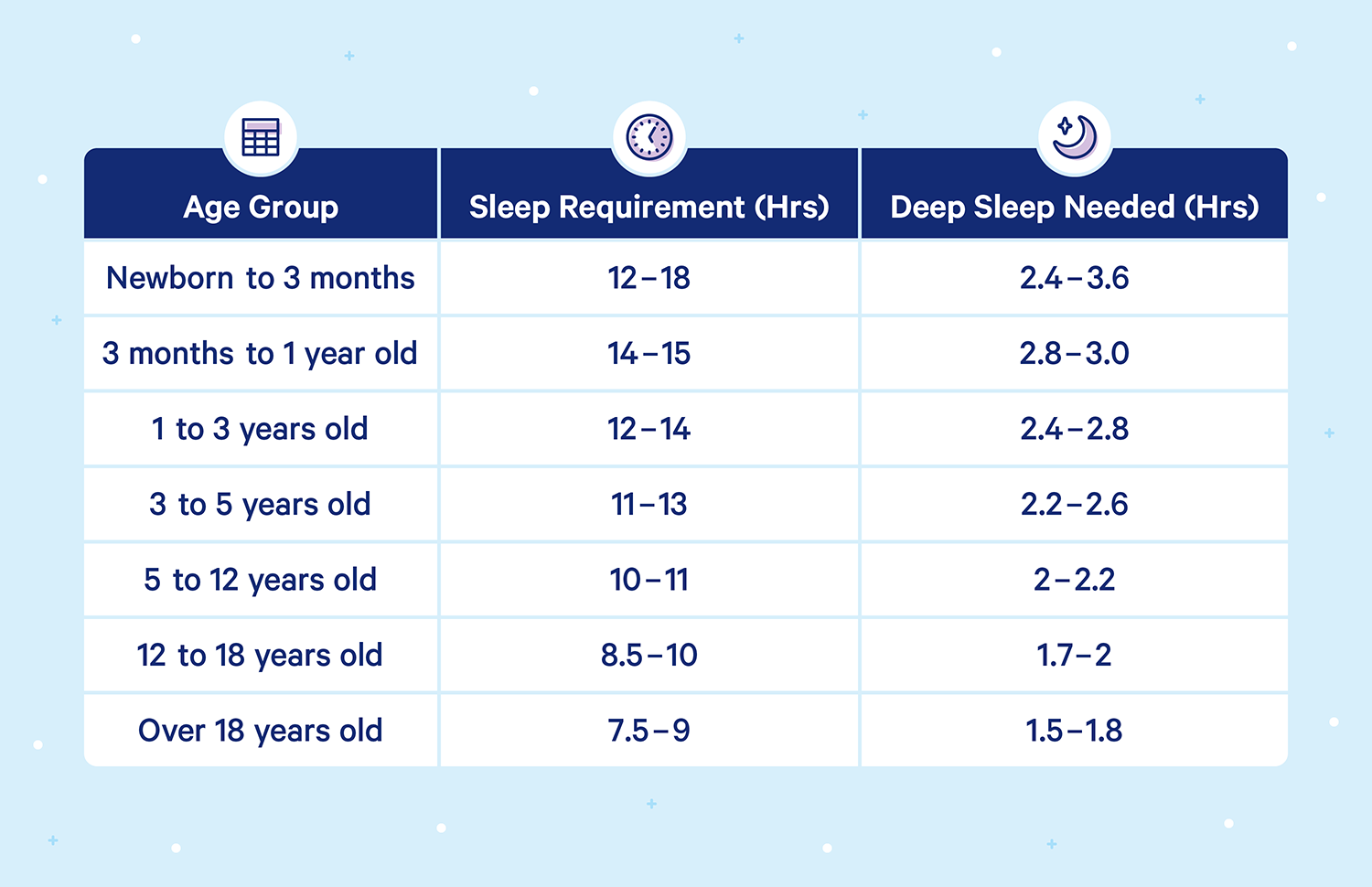

REM sleep typically comprises a smaller proportion of sleep time, and is most known for being when dreams or nightmares usually occur. During slow-wave sleep, growth hormone is also secreted, which is particularly important for human development. During this period, body temperature and heart rate fall, and the brain uses far less energy, while restoring its supply of adenosine triphosphate (ATP), a molecule used for the storage and transport of energy. Non-REM sleep begins, eventually moving into slow-wave sleep, or deep sleep.

Typically, the body cycles between non-REM and REM sleep over a period of 90 minutes on average, and should occur 4-6 times in a good night's sleep. Non-REM and REM sleep are two categories of sleep that are vastly different. REM sleep is a type of sleep characterized by a number of aspects, including the eye movements it is named for, virtual paralysis of the body, and the occurrence of dreams. REM and non-REM sleepĭuring sleep, the brain expends significantly less energy than it does when a person is awake, particularly during non-REM (rapid eye movement) sleep. Ideally, a person's sleep cycle follows the circadian clock, but sleep can be affected by numerous factors such as light, social timing (when others are awake, when work is required, etc.), naps, genetics, and more. The traveler then feels that it is either later or earlier than what their body is used to, affecting their sleep. An example of this is jet lag, where the body's circadian rhythm is affected due to rapid long-distance travel, which results in the traveler being maladjusted to the local time. The circadian clock exhibits a regular rhythm that corresponds to outside signals (such as night/day) that can persist even if the outside signals suddenly disappear. Sleep timing is largely based on hormonal signals from the circadian clock. The sleep cycle can be defined as the oscillation between non-REM (rapid eye movement) and REM sleep, which will both be discussed below. For the purposes of this page, sleep will primarily be discussed as it relates to humans. The ability to react to stimuli is one of the distinguishing factors between the states of sleep and wakefulness. Sleep describes a recurring state in which the body and mind are at rest, reducing muscle activity, interaction with surroundings, and the ability to react to stimuli. When counting, please deduct the time taken to fall asleep, which can be very different for different people. Use the Hours Calculator if you would like to find out the number of hours slept when you know what times you woke up and went to bed. Use this calculator to compute what time to wake up or go to bed to get a given number of hours of sleep.


 0 kommentar(er)
0 kommentar(er)
